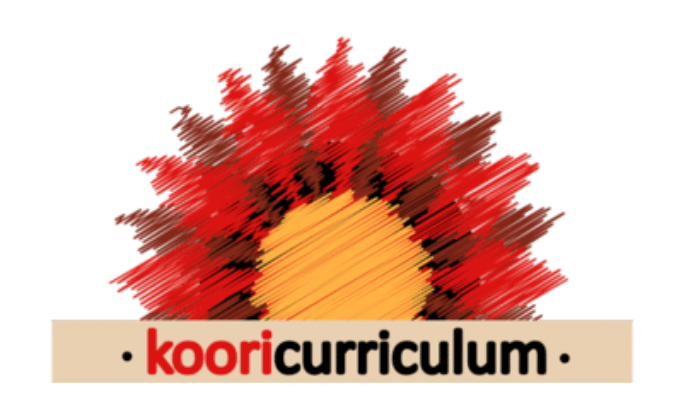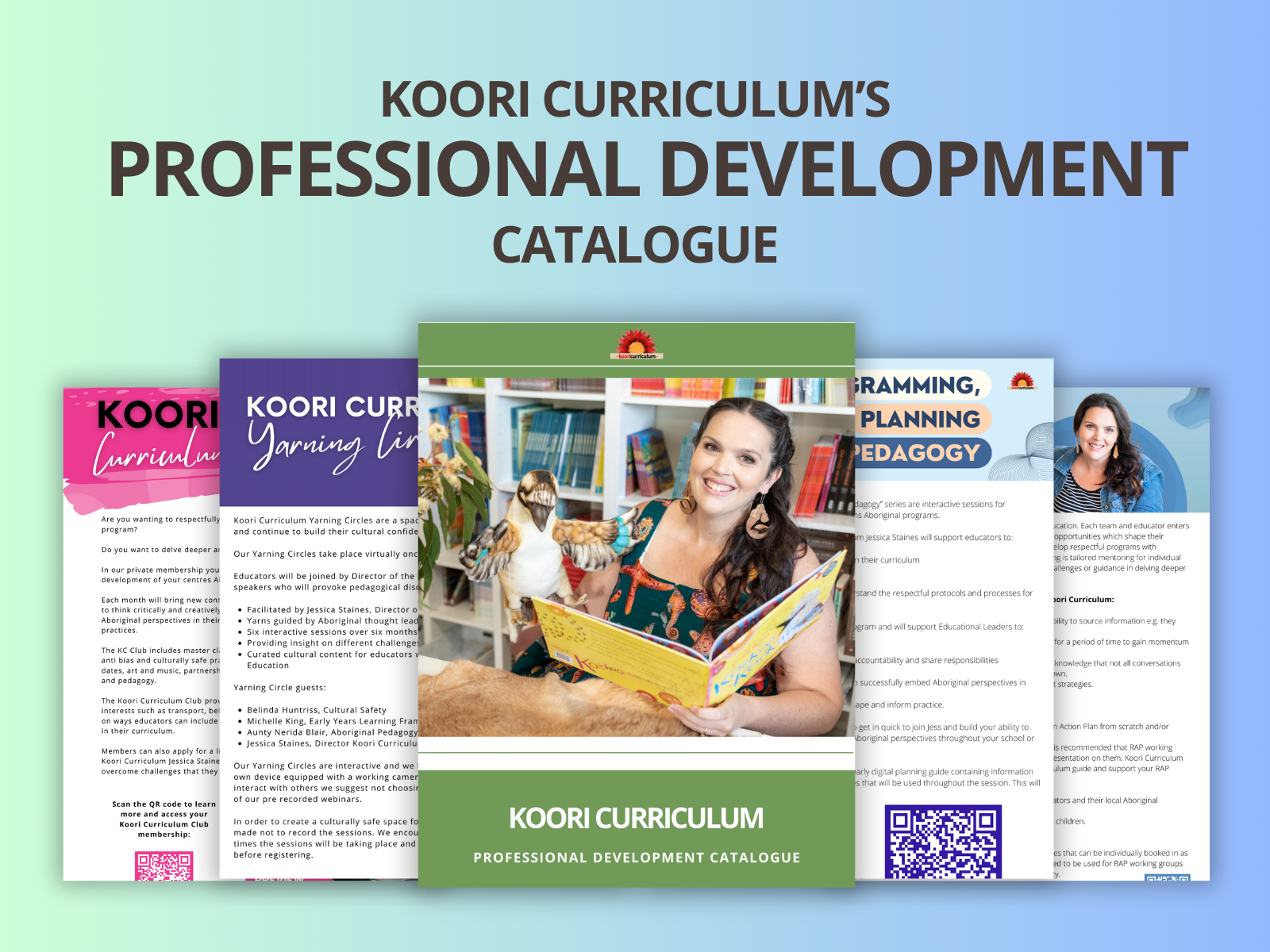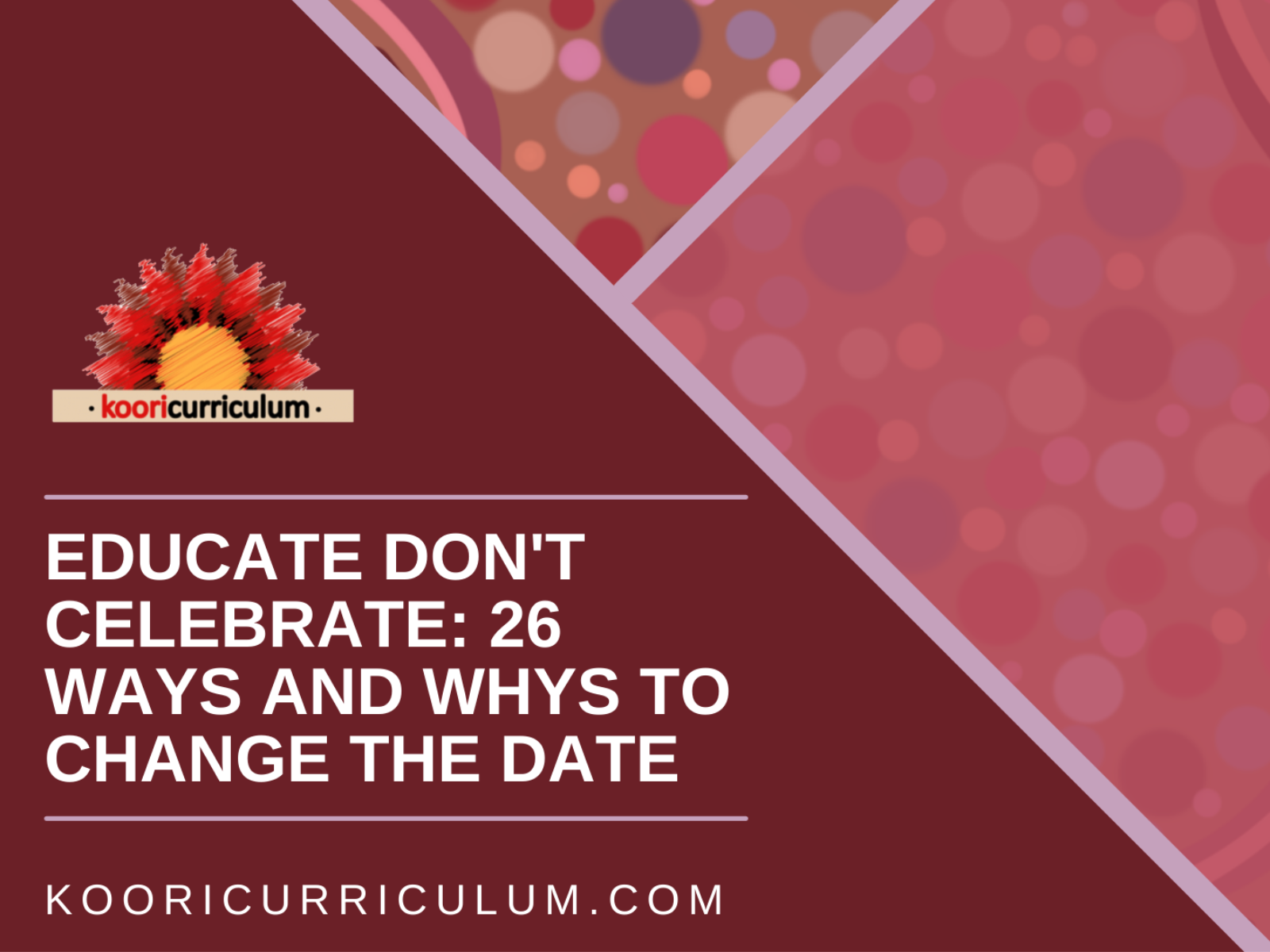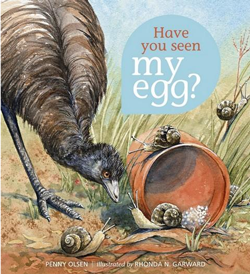
Developing Interests: Charlotte’s Eggs

Developing Interests: Charlotte’s Eggs
By Jessica Staines
This year I am the Early Childhood Teacher in the “Possums Room” at Explore and Develop Lilyfield. I work with the two to three year old age group and as such we regularly see our children do strange and interesting things.
One morning Charlotte was happily engaged in the puppet dramatic play area. I’d been watching her from a distance for quite some time, I approached her to see what she was doing; “I’m hatching eggs” she happily informed me as she shoved a collection of plastic eggs that she had gathered up the hand hole of our peacock puppet. Once a couple of eggs had been secured inside she squeezed them out onto the carpet in front of her before squatting on top of them to keep them warm.
Holding back a giggle I sat with Charlotte as she nested on top of her eggs. While perched upon her pile she excitedly explained to me that soon the little chicks would come bursting out. It was Charlotte’s interest expressed through play that led me to source a collection of books that I could introduce over a series of language groups to scaffold Charlottes understanding and interest in eggs.
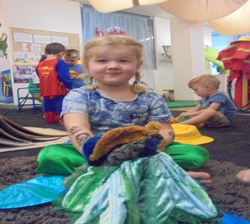
The first book that I introduced was “Have you seen my egg?” by Pamela Olsen. This book is about a father Emu that misplaces one of his eggs. He travels around the bush asking each of his friends if they’ve seen his egg. Each of the animals that he encounters has eggs of their own and hatched babies.
This book was a great way to prompt the group to think critically and draw upon their own experiences to discuss and share their knowledge of what other animals lay eggs and the differences inherent to each. This story was also good as it was inclusive in nature by showing a male taking care of his babies.
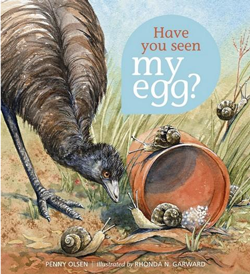
Olsen’s book led naturally to an interest in Emus and was followed by the book “Edwina the Emu” by Sheena Knowles. Upon reflection, while this story was also inclusive as it showed a father staying home to take care of his offspring while the mother went out to work, the book concluded with the Mother being unsuccessful with any work she attempted and the Father struggling with nesting alone, a message which could reinforce traditional gender roles concerning work.
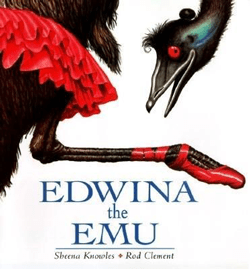
The main discussions that evolved from the book “Edwina the Emu” were prompted by the books illustrations of Emu eggs. The children were quick to note the colour and size of the Emu eggs and I got the feeling that they hadn’t seen the eggs of anything more exotic than a chicken. Following their curiosity I sourced an Emu egg for them to explore. The Possums loved touching and caressing the Emu egg and they understood it was very precious. I explained to the group that the egg was hollow on the inside and showed them the drilled hole at the top and bottom of the shell.
I explained the Aboriginal practice of egg blowing which allowed Aboriginal people to use the egg yolk for cooking whilst preserving the shell for art. I then showed the group some pictures of decorated Emu eggs and a small wooden egg that I purchased from Tali gallery in Balmain that had Aboriginal art painted on it.
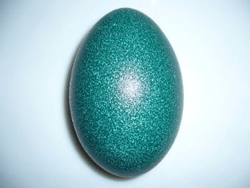
I continued to introduce an Aboriginal perspective into this interest by reading the book “Emus under the Bed” by Leannn J Edwards. This book depicted the use of Emu feathers to make decorative and ceremonial head pieces. The story also highlighted other important aspects of Aboriginal culture such as the close relationship that Aboriginal people have with their extended family.
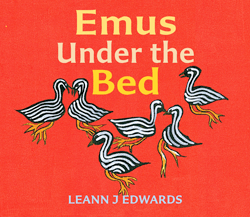
The book “An Egg Is Quiet” by Dianna Aston and Sylvia Long is beautifully illustrated. This book enabled the Possums to understand the diversity of eggs in their colour, shape, size and texture.
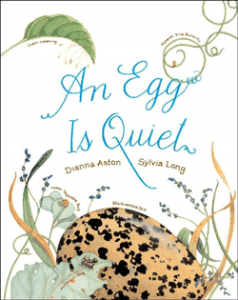
Literacy wasn’t the only way that we developed the children’s interest and understanding of eggs. We contacted a company called “Laying Eggs” who delivered two incubators with ten chicken eggs in each.
The first few mornings after the eggs arrived the Possums rushed through the doors wanting to check and count how many eggs had hatched overnight.
Charlotte in particular was grossly disappointed as she witnessed a wet limp chick flop exhausted from its cracked shell “yuck” she exclaimed eyes wide with amazement and disgust as she and many others were expecting fluffy yellow hatchlings.
Some of our eggs didn’t hatch and one of our chicks after a few days passed away and this allowed the children to understand the process of life and death.
The program runs for approximately two weeks, however I managed to find a farm willing to adopt all our chicks which meant we were able to keep them a little longer.
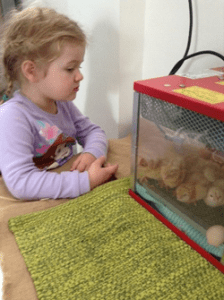
We set up a hutch and pen inside until the chicks were big enough to move outside. The Possums were involved in every aspect of caring for the chicks from feeding to cleaning. Over the course of six weeks they noted the chicks adult feathers develop as well as wattles and combs on their neck and head. To complement the chicken learning area outdoors we set up an egg sensory bin in our room. The sensory bin had plastic eggs, soft hand-made toy hens as well as an assortment of creatures that also lay eggs such as lizards.
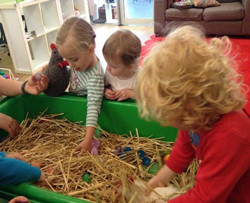
“The Lizard Gang” was written by a nine year old Aboriginal girl called Kirra Somerville and illustrated by Aunty Grace Fielding an Aboriginal elder. This book was about a group of monitor Lizards that work together to escape flood waters. On their adventure they collect eggs from nests to eat. This book allowed the group to understanding the different role that eggs have in the wild. Whilst new creatures are waiting to hatch other animals like lizards need to eat them to survive as well.
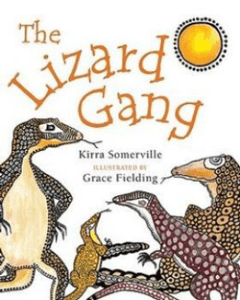
REFLECTION:
By interweaving Aboriginal perspectives into holistic experiences that embody other learning outcomes and principles we are celebrating and teaching culture in an authentic meaningful way. I believe in emergent curriculums that are child initiated and directed. I hope to include Aboriginal perspectives into our curriculum that compliment children’s interests whatever they may be.
